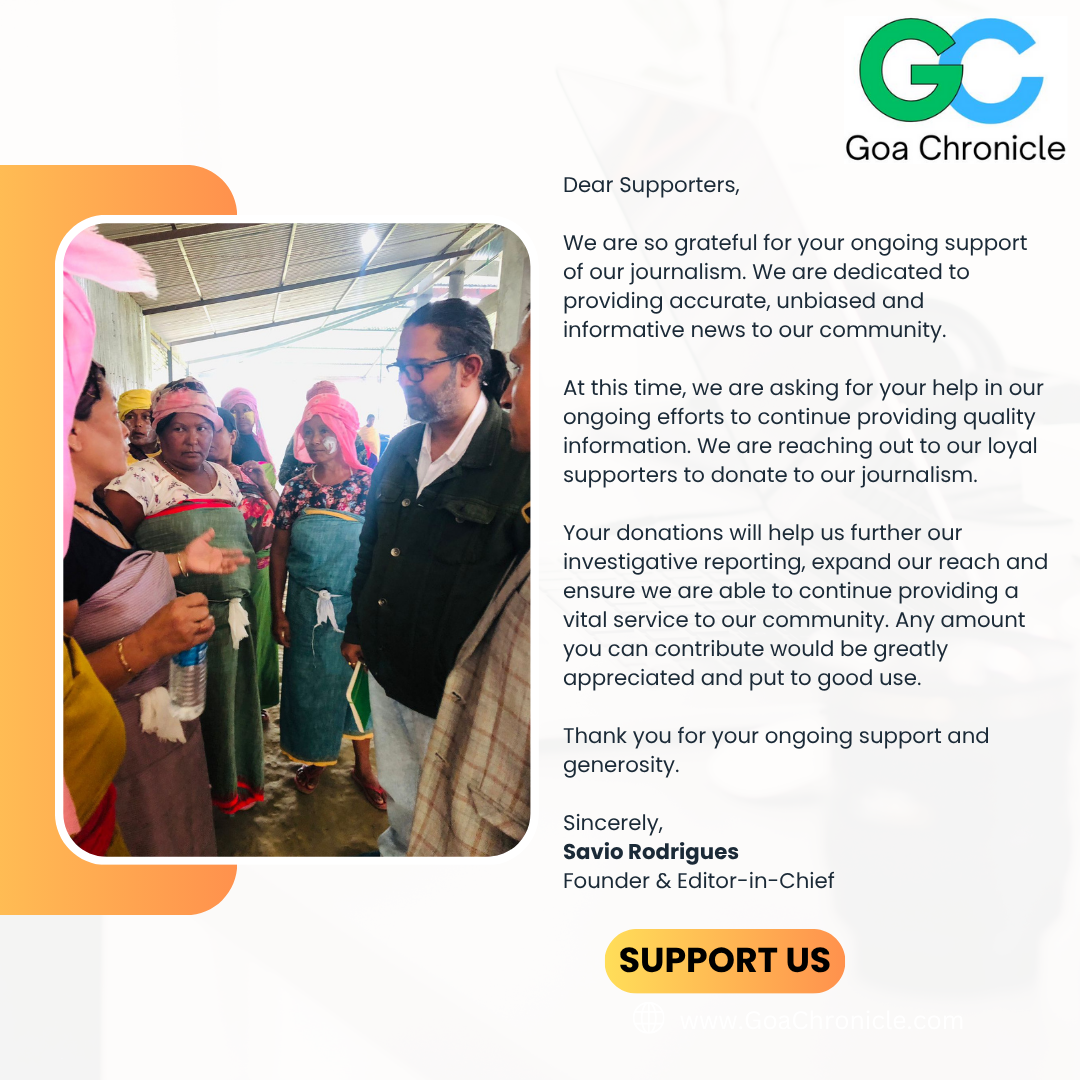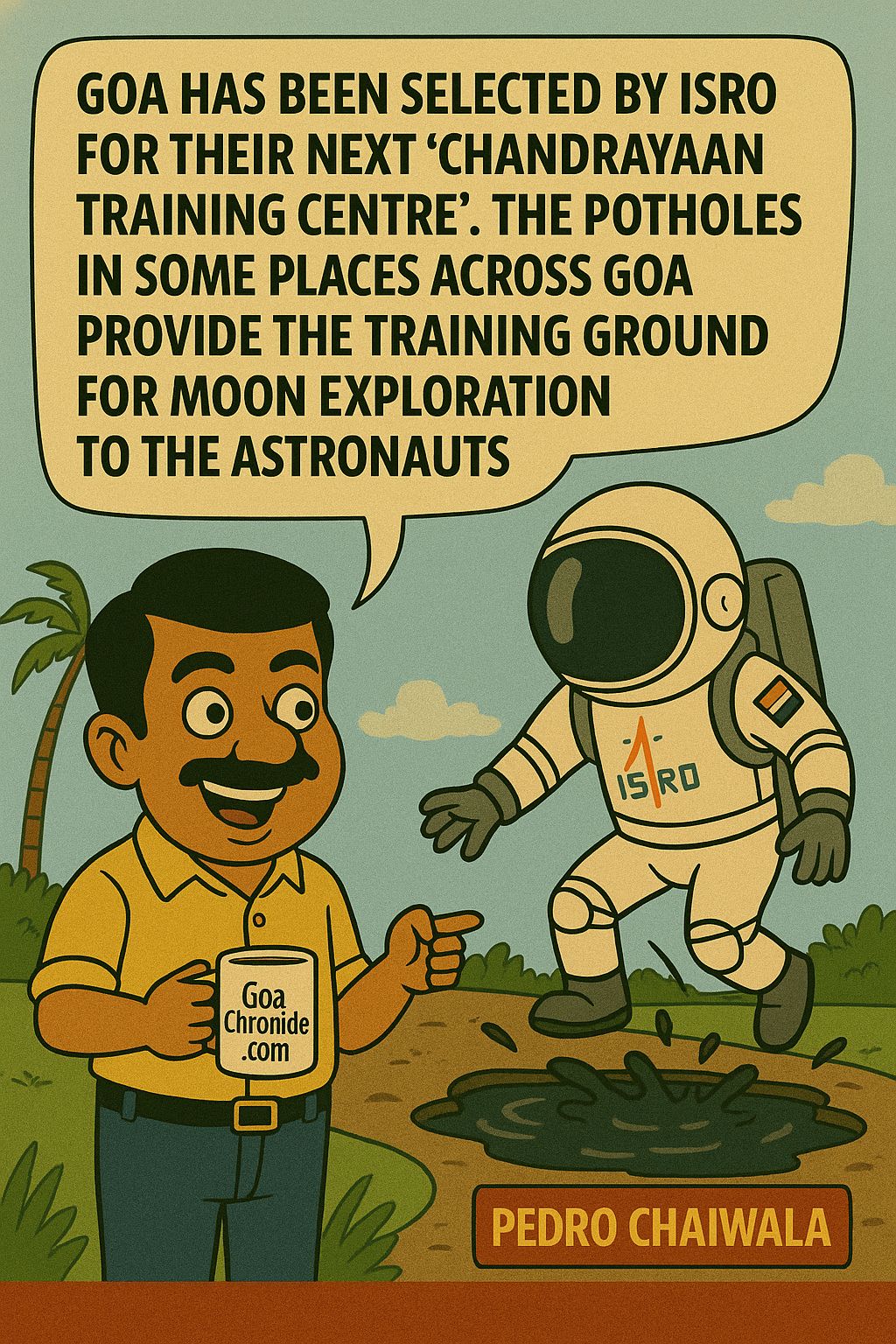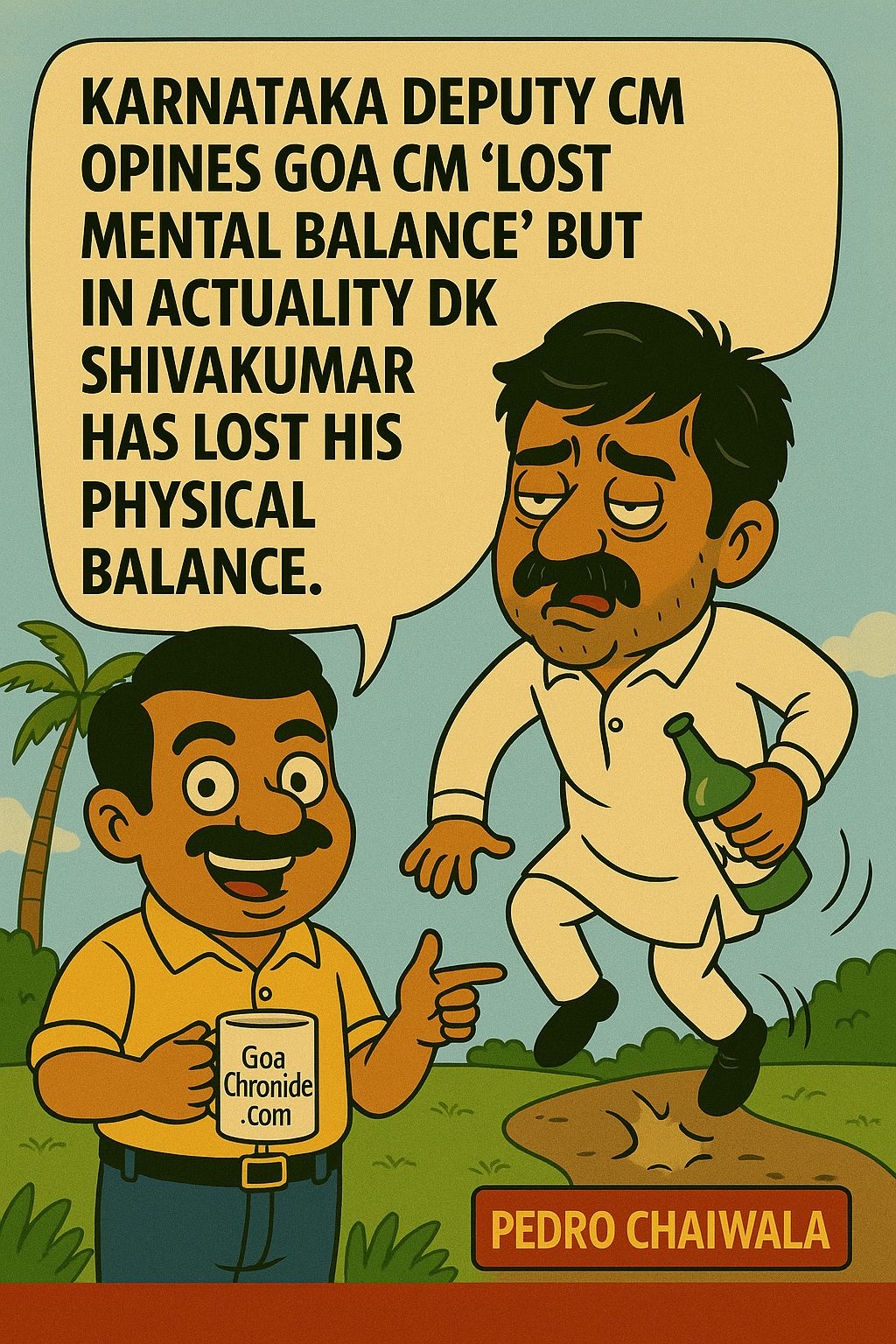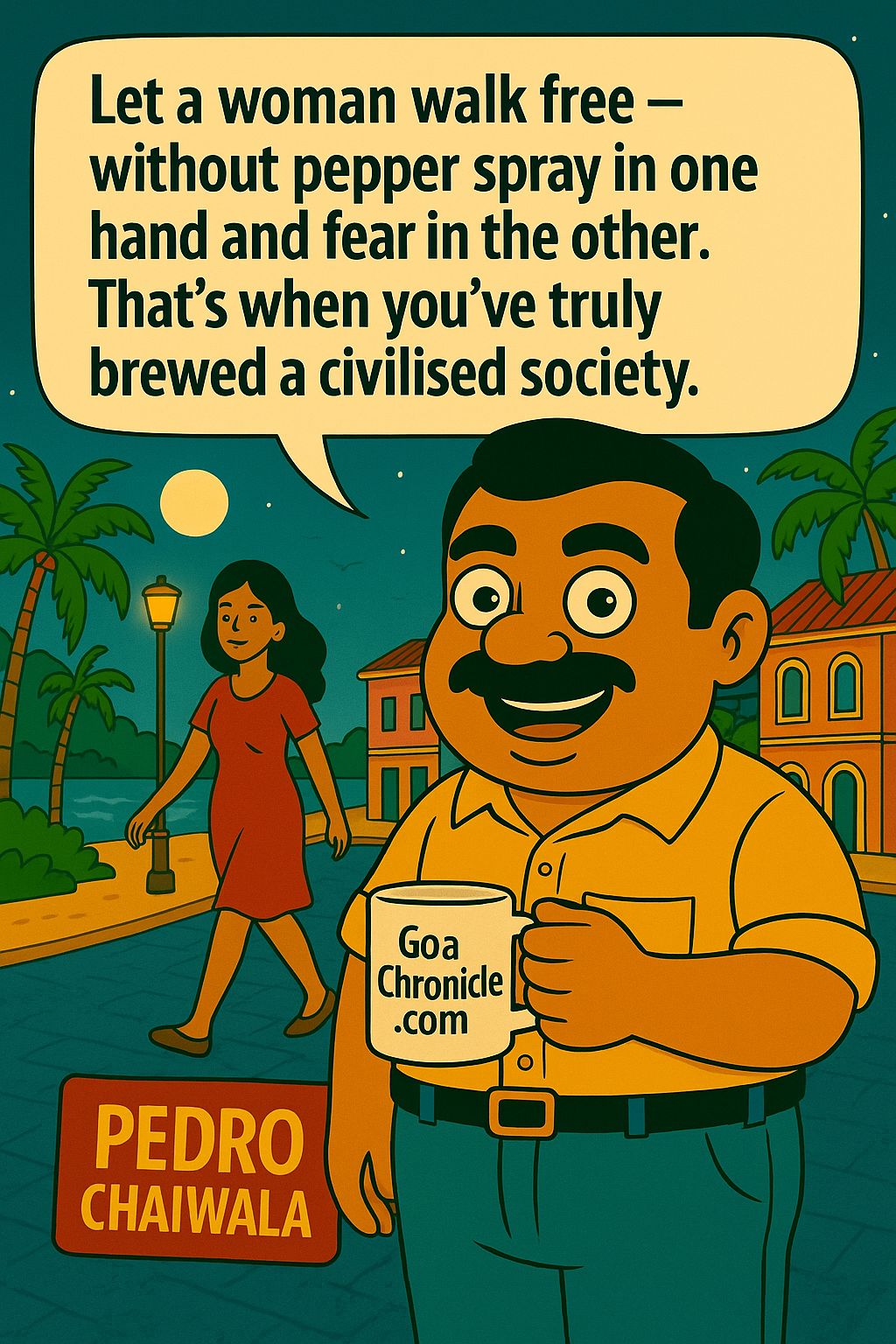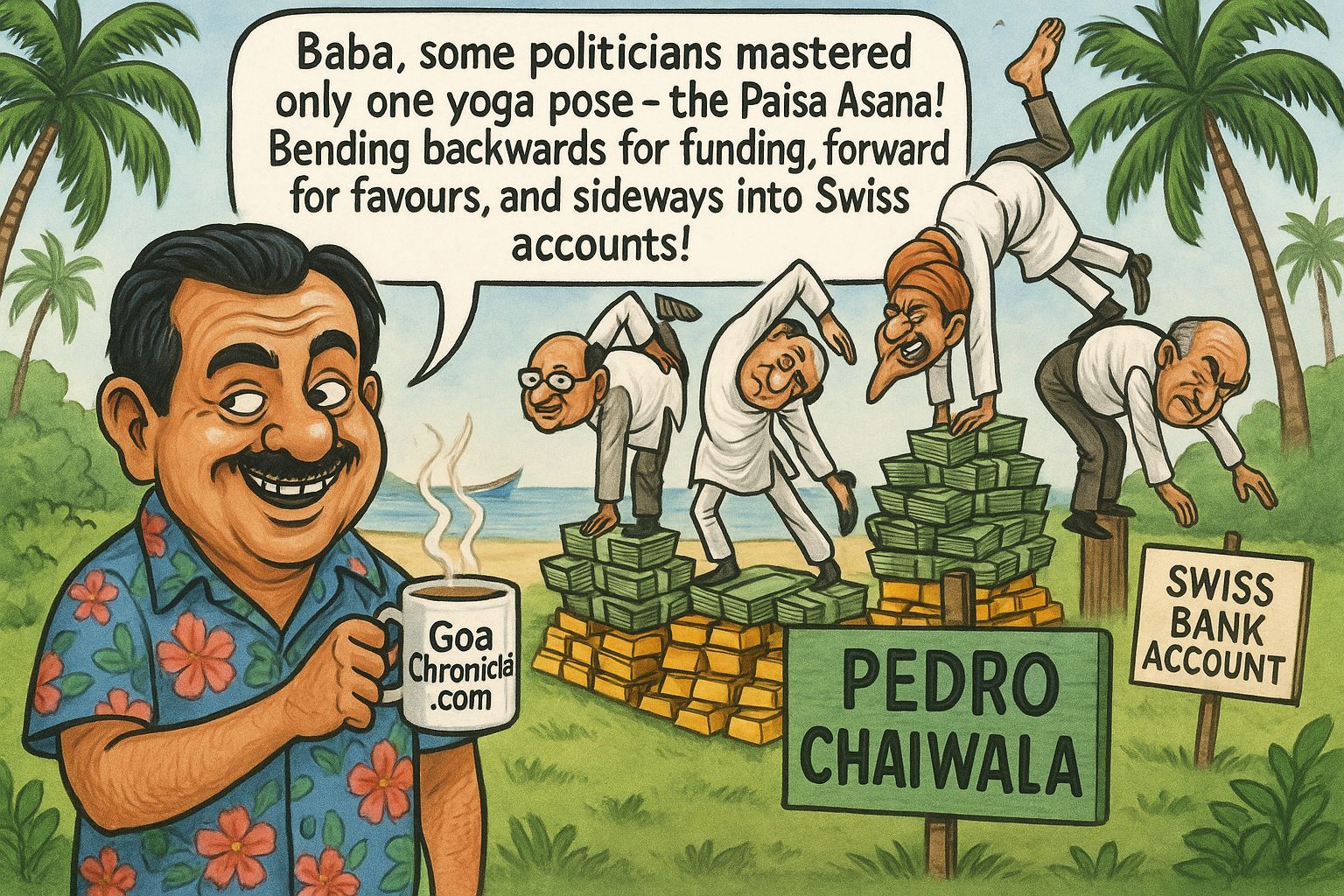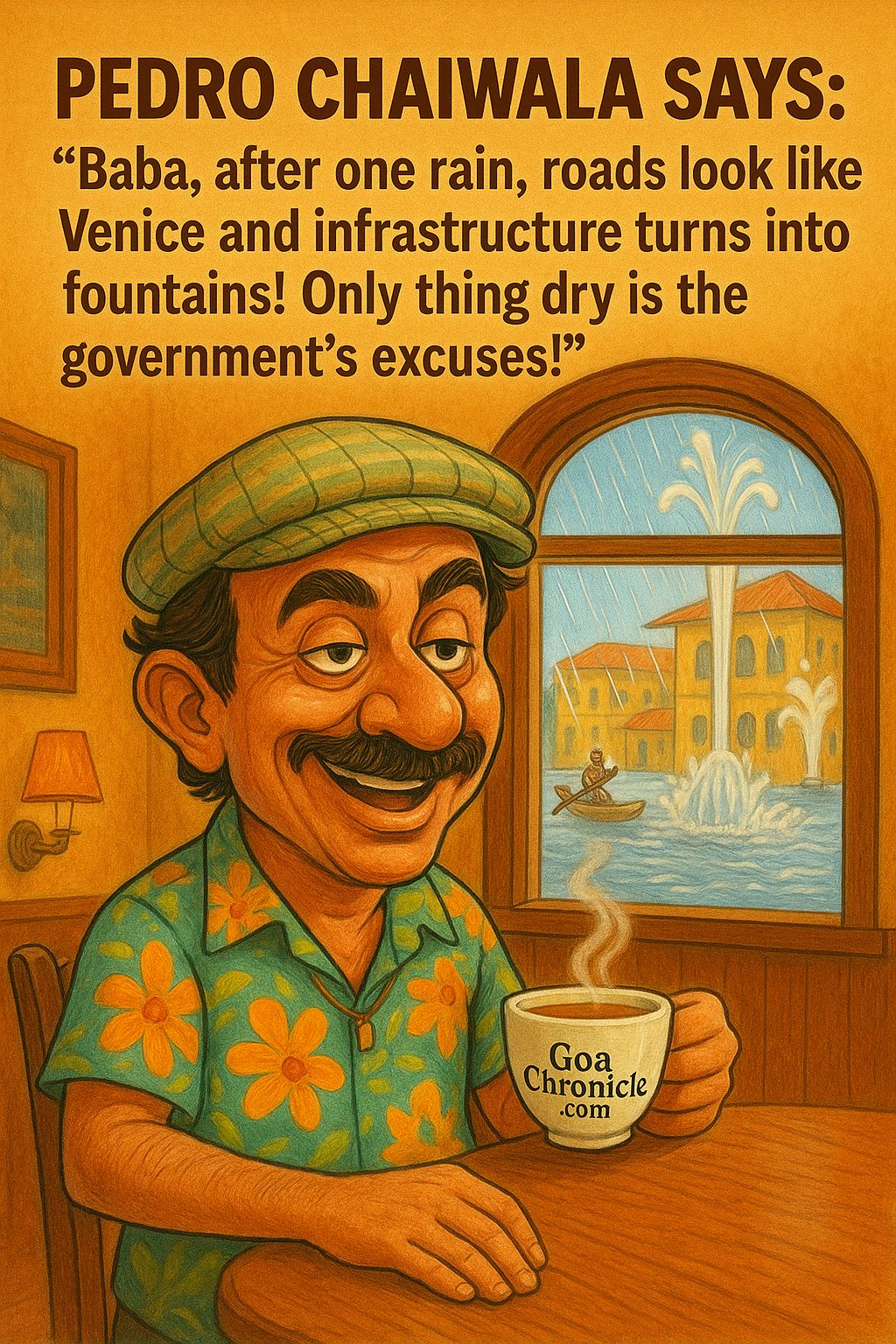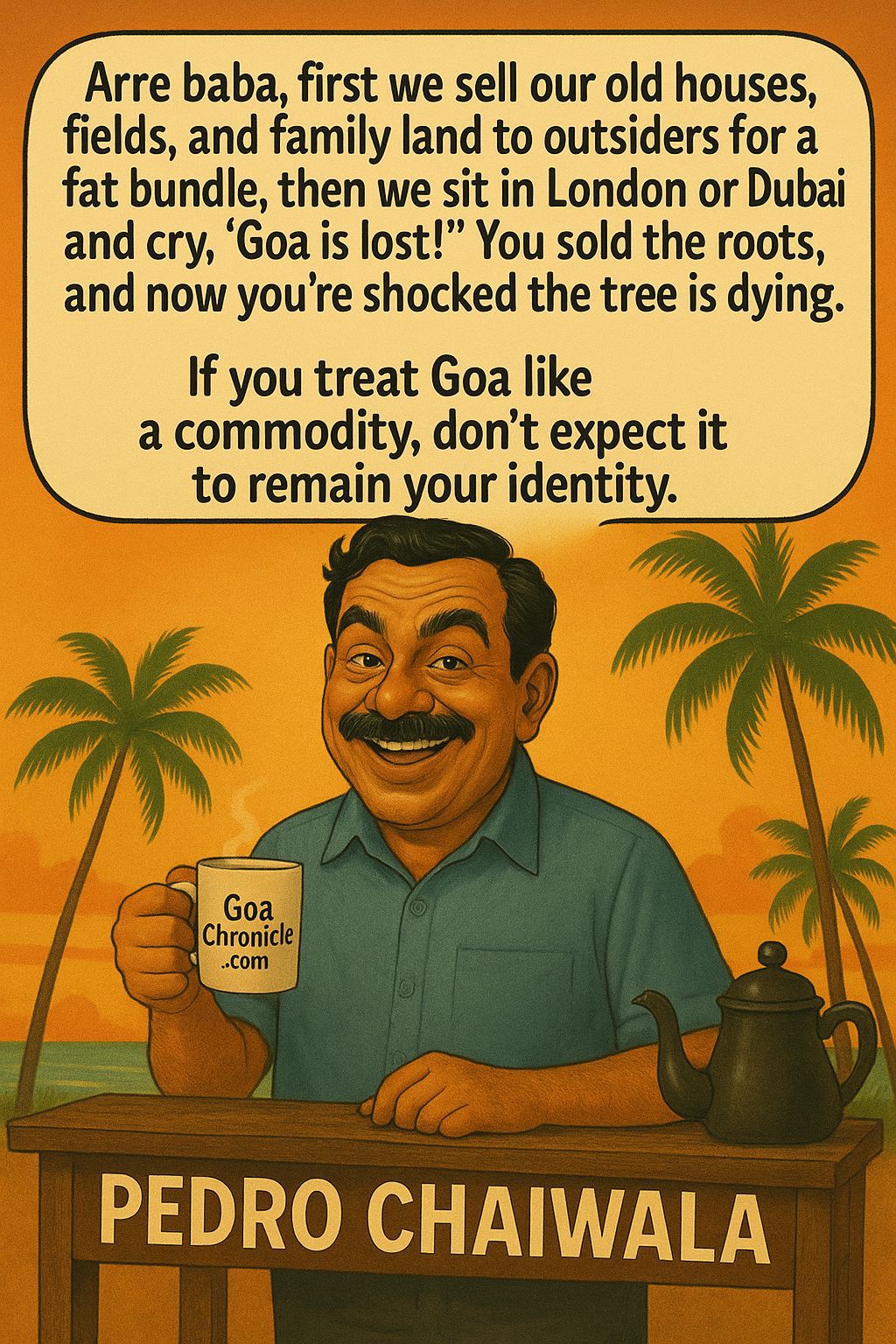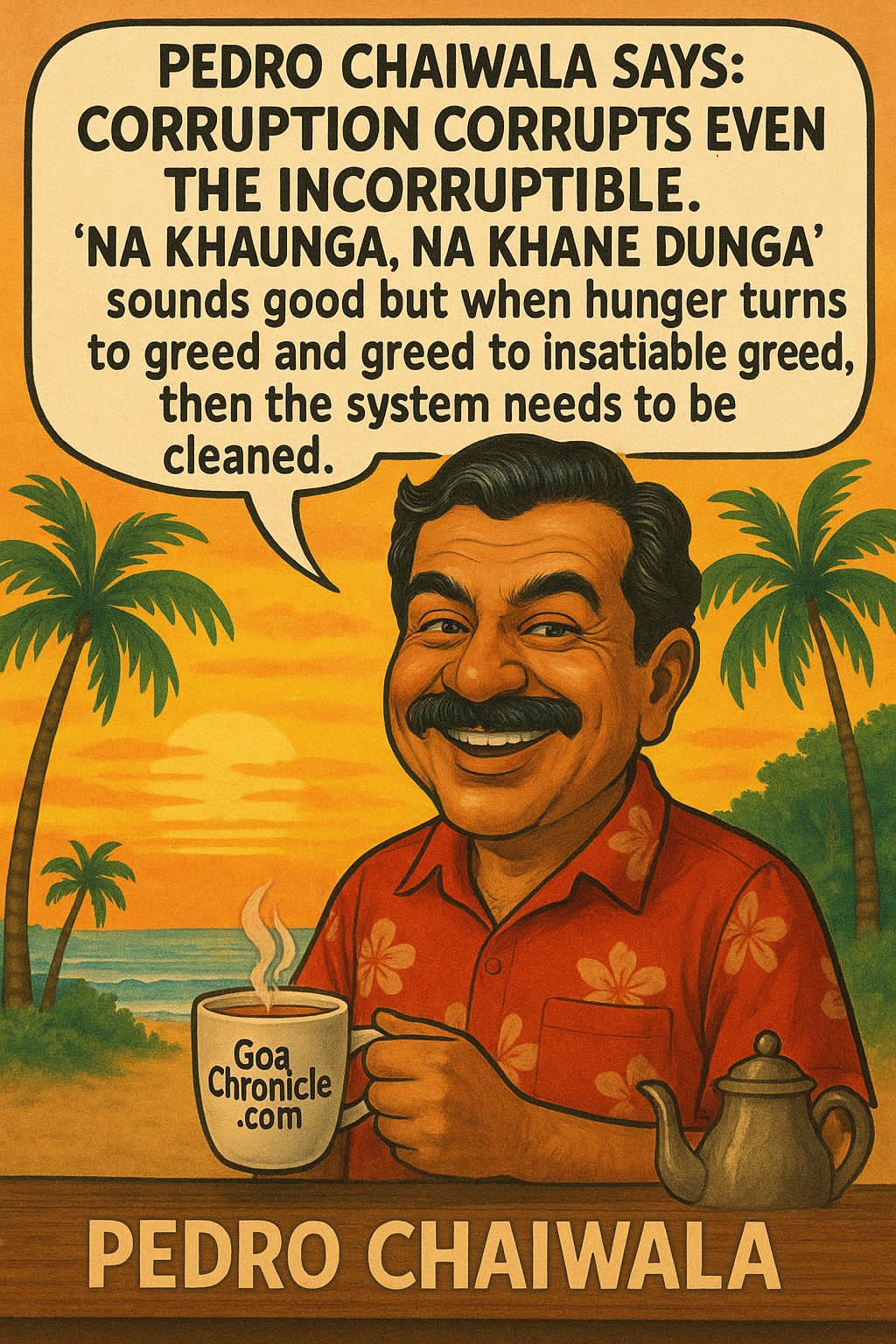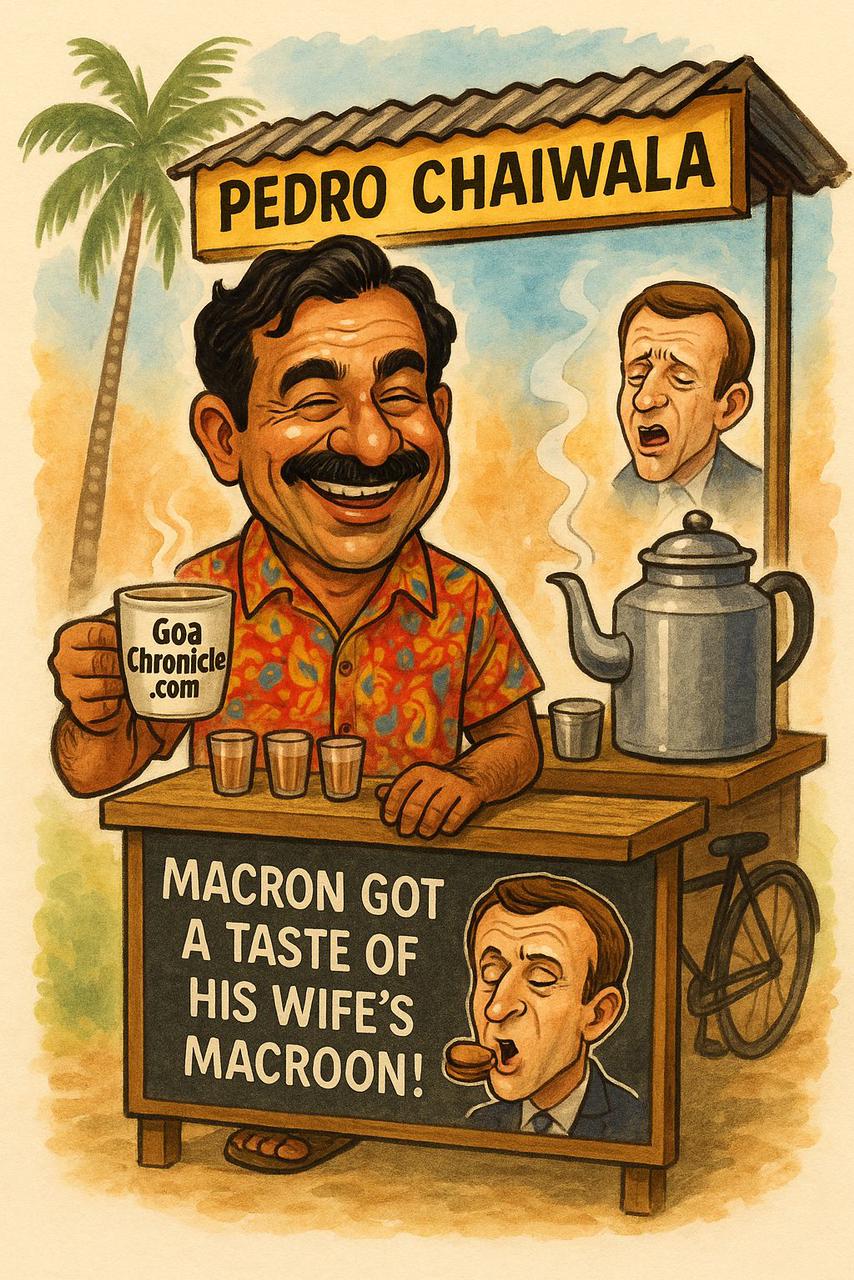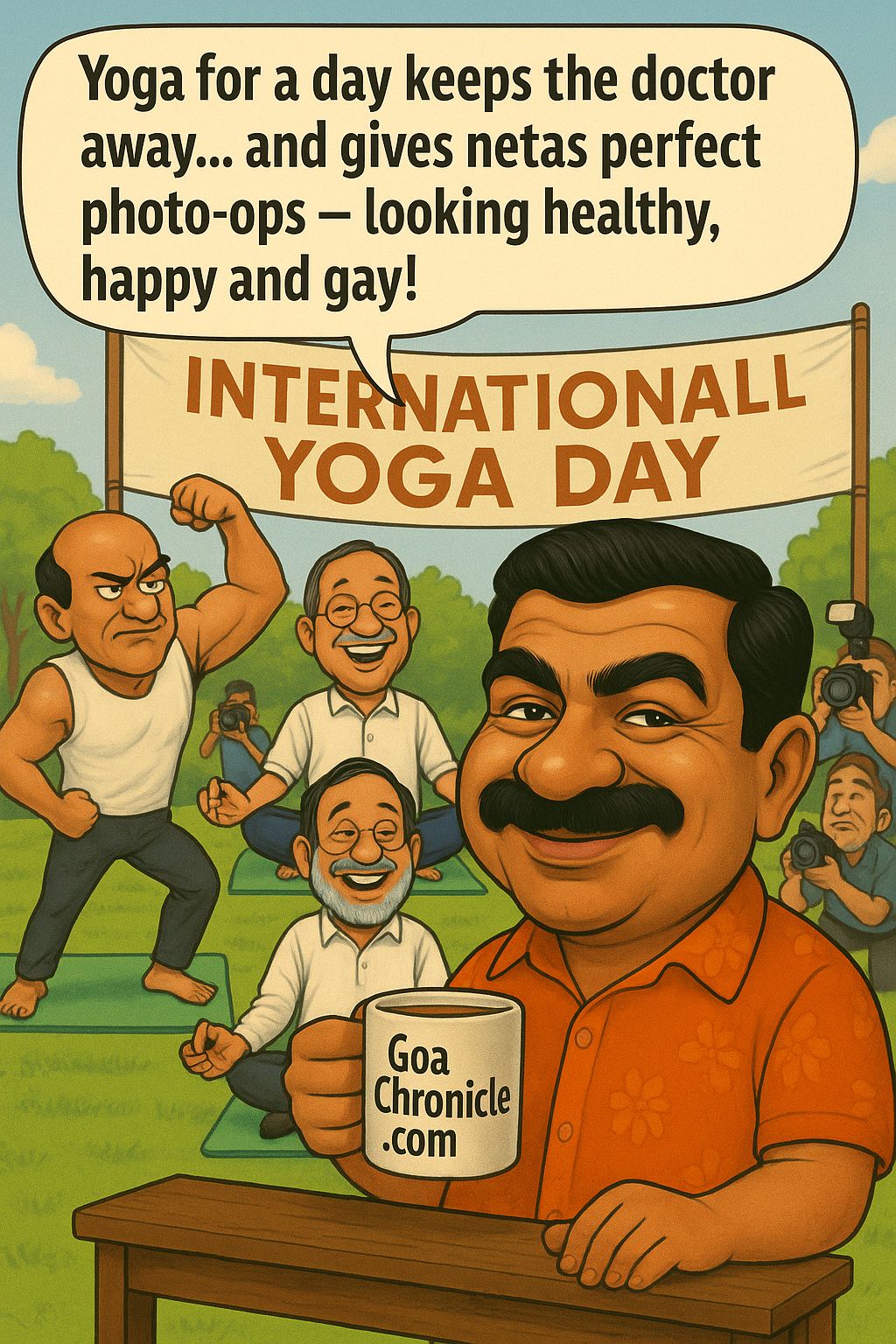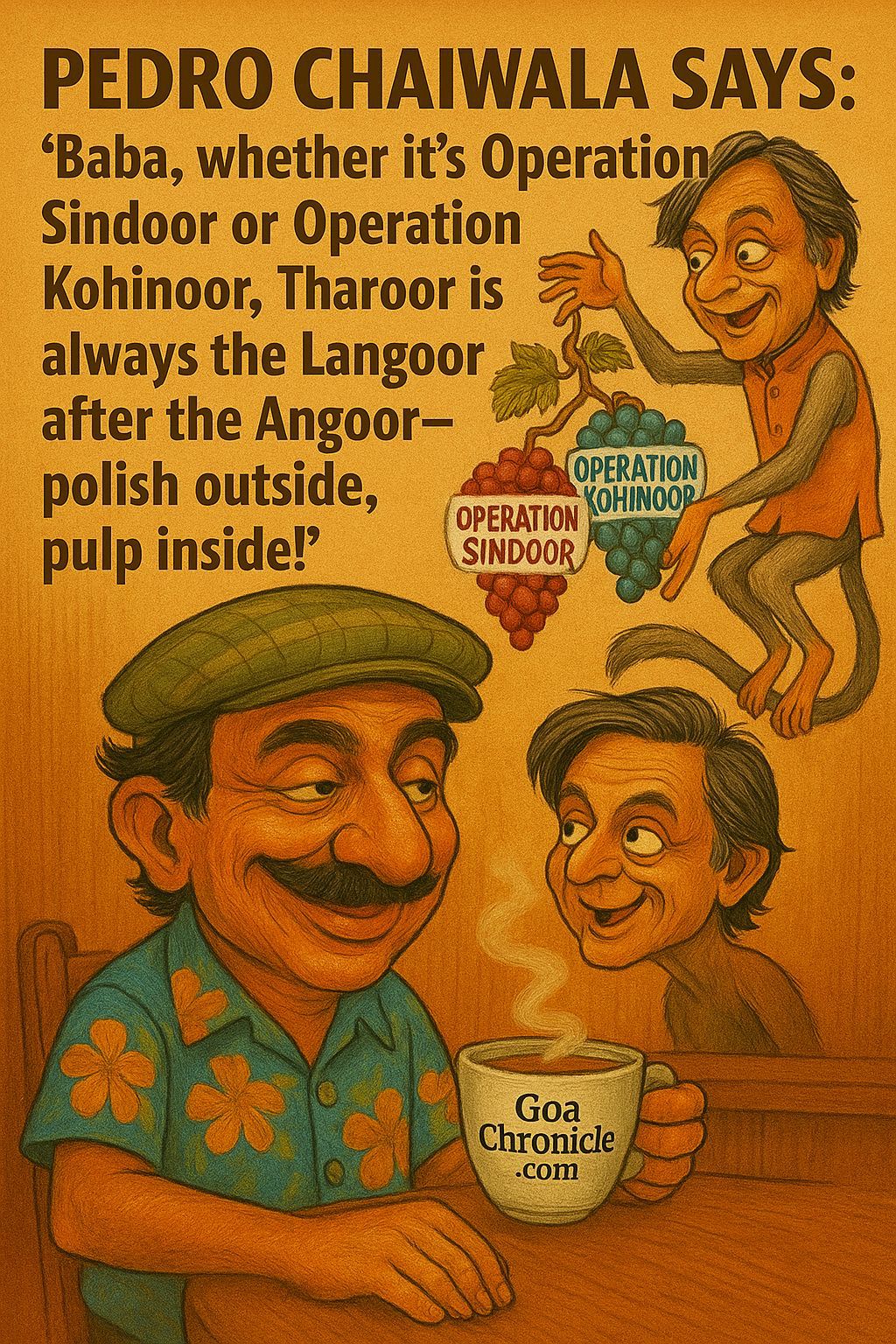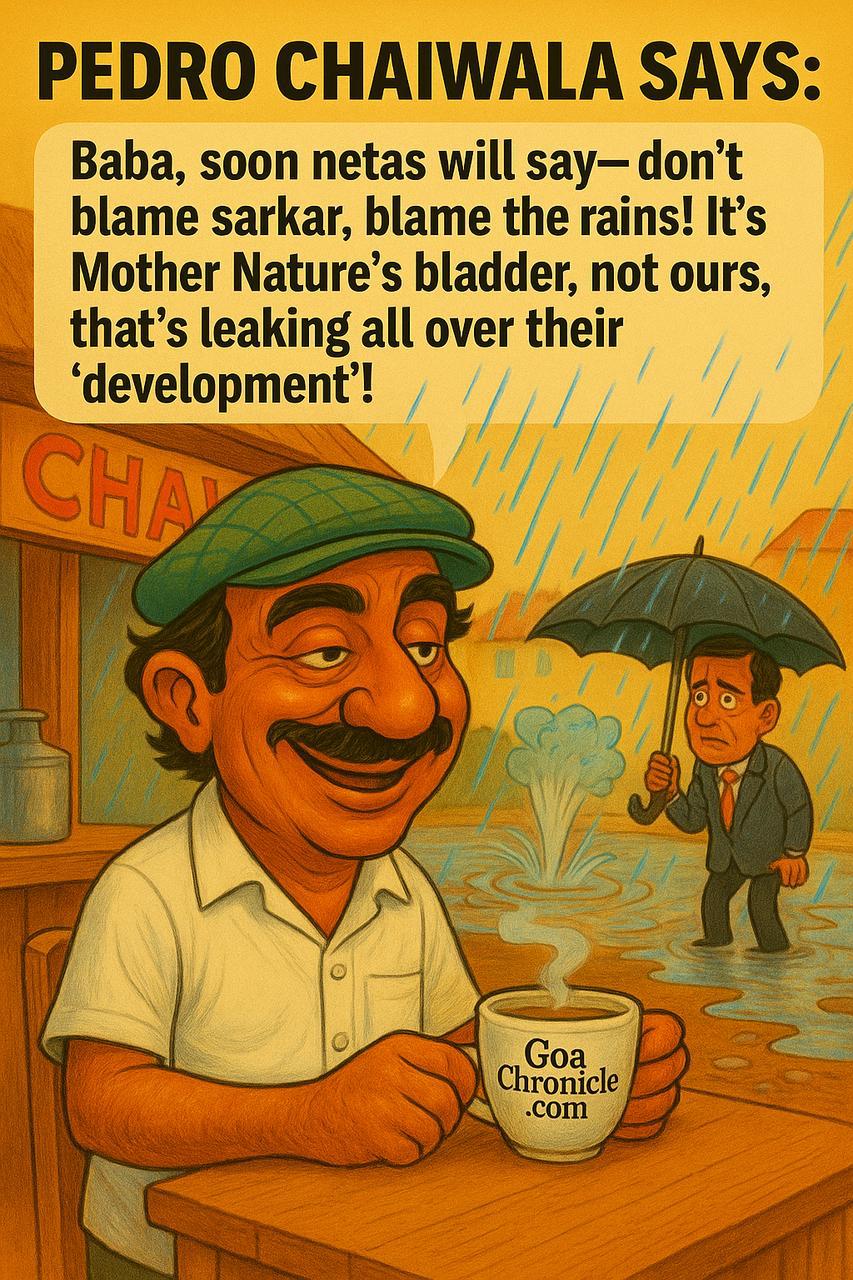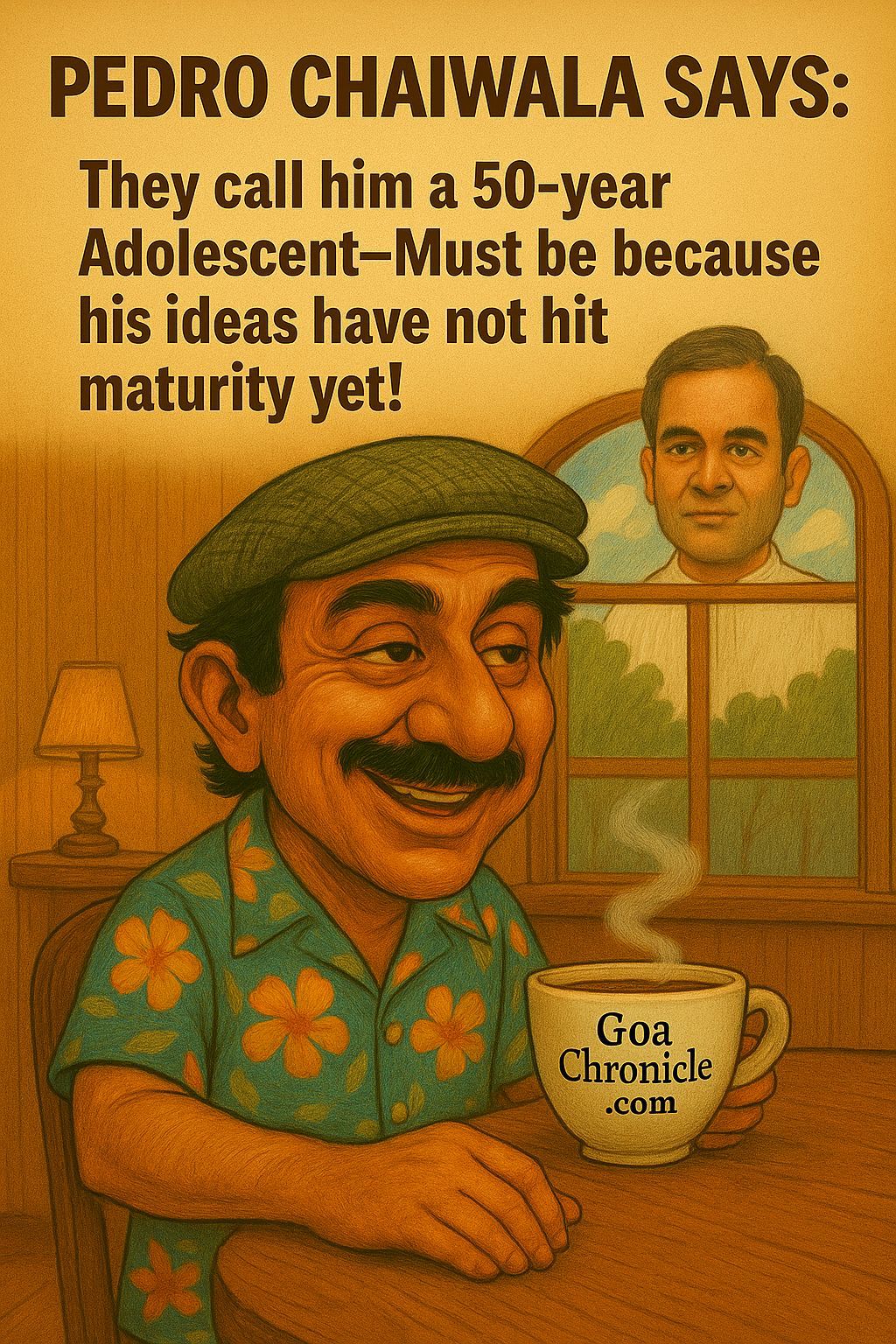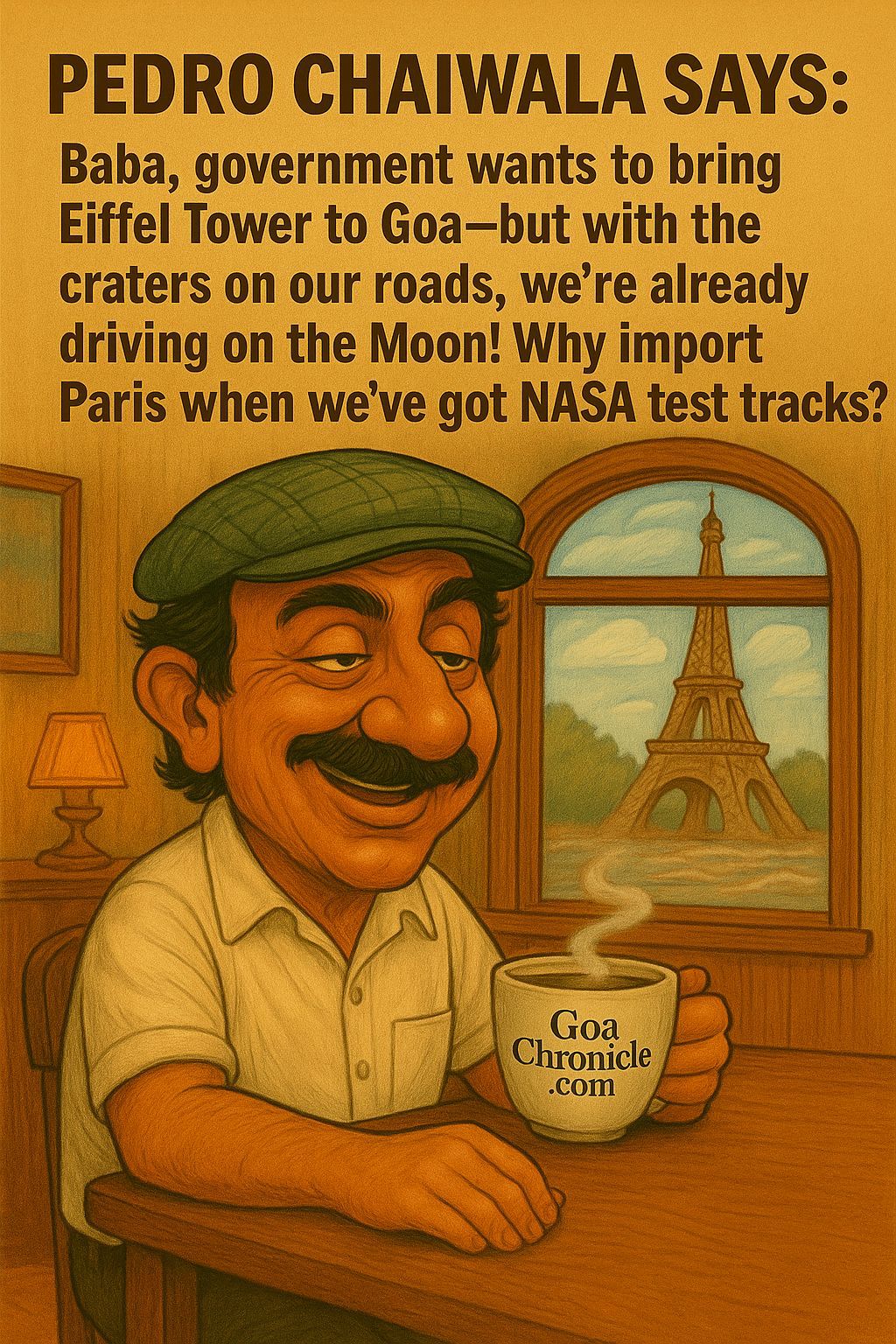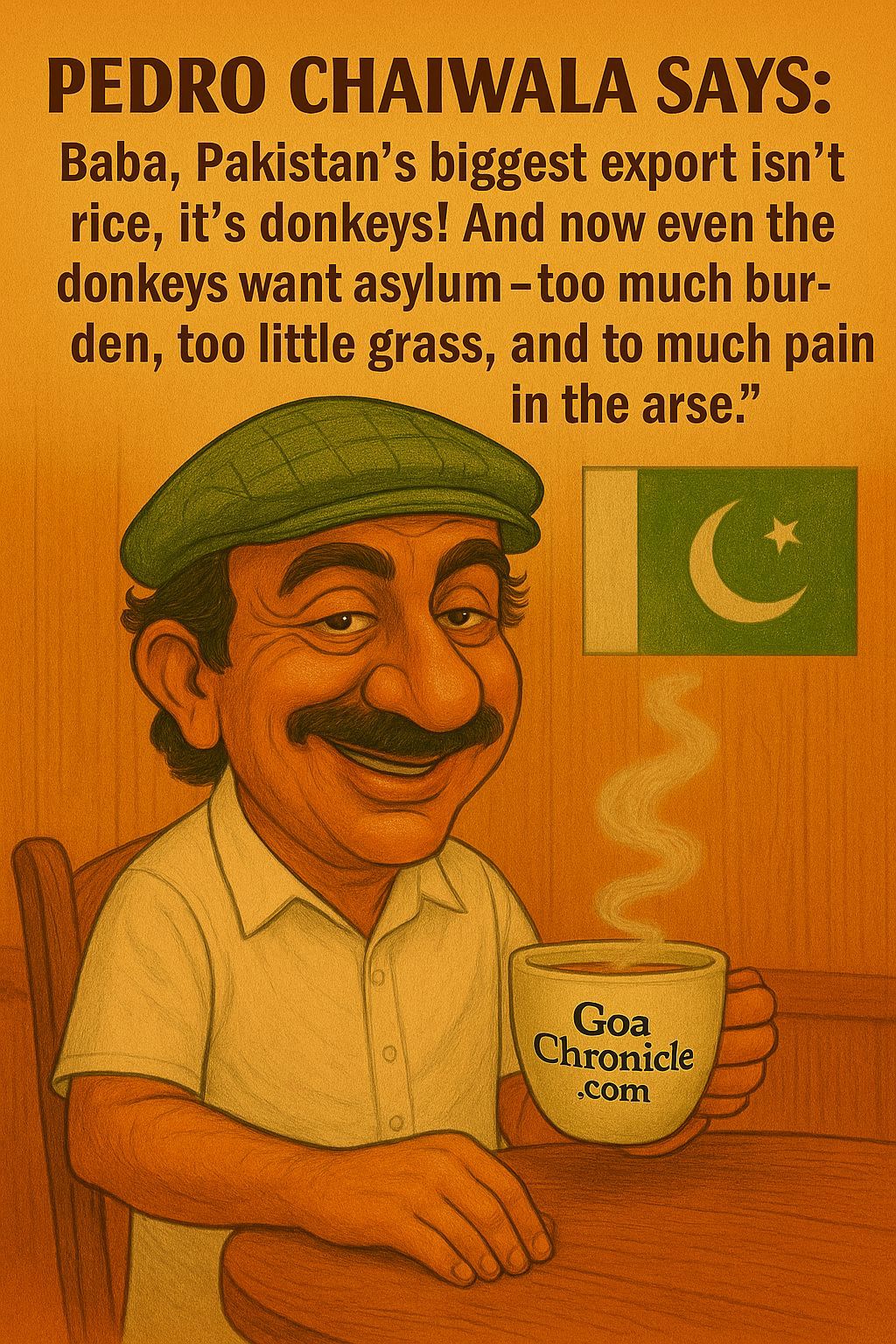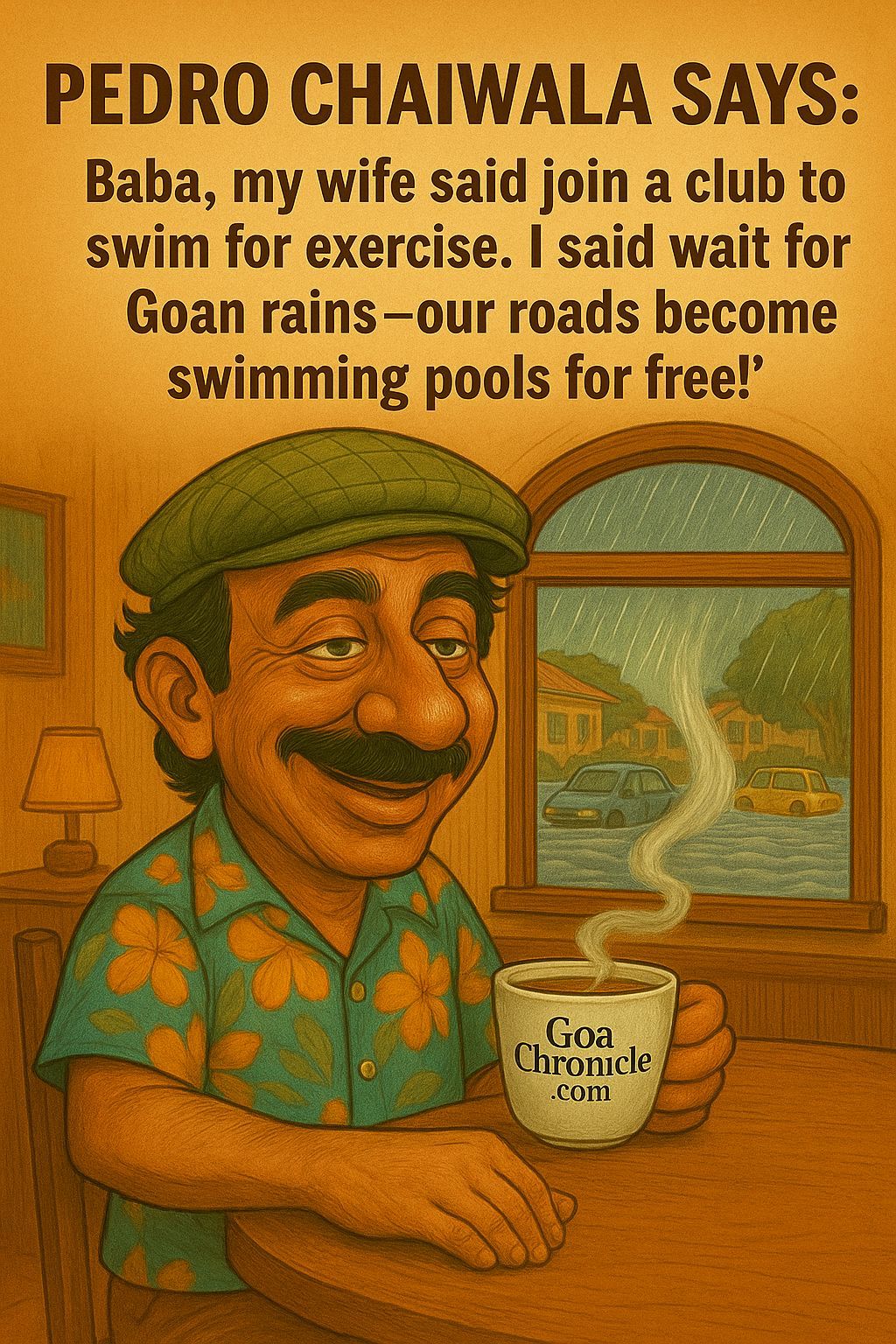Introduction
On June 18, 2025, Indian Prime Minister Narendra Modi stepped onto Croatian soil for the first time in the history of bilateral relations. It was not just a visit, it was a signal. A message to Europe, to the Global South, and to those who still believe in diplomacy as the craft of connection. In Zagreb, the ceremonial red carpet was laid out, but what emerged went far beyond protocol.
This was a confluence of histories, ambitions, and human warmth.
More Than a Handshake
From the moment he arrived in Zagreb, Modi was greeted not just by officials, but by scores of Indians living in Croatia, waving tricolours, shouting “Bharat Mata Ki Jai”, and holding hand-written signs that read “Swagatam Pradhan Mantri Ji.” Among the crowd was Meera Sharma, a second-generation Indian-Croatian, who said, “My grandfather came here as a textile merchant. To see our Prime Minister here is emotional. We are being seen.”
Later that day, Modi met with Croatian Prime Minister Andrej Plenković. The two leaders stood side by side, not just as heads of governments but as stewards of a strategic idea: small countries and large democracies can shape global outcomes, together.
Why Croatia, and Why Now?
On paper, Croatia is a small European nation, only 4 million people. But look closer. It is a member of the European Union, NATO, and holds strategic maritime access to the Adriatic Sea.
For India, Croatia is a quiet gatekeeper to the European mainland, particularly to Central and Eastern Europe. It is a natural partner in the evolving India–Middle East–Europe Corridor (IMEC). With ports like Rijeka, Split, and Ploče under EU infrastructure frameworks, Croatia can serve as a logistics base for Indian exports to Europe.
But this visit was not just about access. It was about trust. Croatia has stood by India on global platforms, from supporting its permanent seat on the UN Security Council to echoing New Delhi’s position on sensitive issues like Kashmir. The two nations may be geographically distant, but their political sympathies are remarkably aligned.
3. The Deliverables: Agreements with Strategic Value
In a series of high-level meetings, multiple memoranda were signed, laying the groundwork for a deeper and more versatile partnership.
a) Defence & Strategic Cooperation
The two countries agreed to co-develop certain defence technologies and expand military exchanges. While not headline-grabbing, this quiet defence diplomacy has long-term value, especially in niche areas like electronic warfare and drone tech.
b) Trade & Infrastructure
Indian companies will now be able to explore Croatian shipbuilding, ports, and renewable energy. Croatia, on the other hand, sees India as a key market for pharmaceuticals, IT services, and clean-tech investments.
c) Semiconductor & Technology
India extended an open invitation for Croatian tech firms and researchers to explore its ambitious Semiconductor Mission, offering incentives and co-development opportunities.
d) Space Collaboration
Both leaders discussed possible collaboration between ISRO and Croatia’s academic institutions on satellite navigation, disaster management, and communication technologies.
e) People-to-People Exchange
A new mobility framework will simplify visa norms, especially for students and skilled professionals. A proposal to host a “Festival of India” across major Croatian cities was welcomed warmly.
4. Heart Before Headlines: The Emotional Undertones
One of the most powerful moments of the trip occurred at Zagreb’s Monument to the Homeland. Modi laid a wreath in solemn silence, honouring Croatian martyrs of the Homeland War. He did not speak, but his gesture did. In an age of transactional diplomacy, such moments echo deeper than joint statements.
Later that day, Modi met with Indologists at the University of Zagreb, home to one of Europe’s oldest Sanskrit departments. Professors and students recited shlokas and spoke about how ancient Indian philosophy helped shape European humanism.
“Few world leaders understand that diplomacy is also civilizational,” said Dr. Anka Todorović, head of the Indology department. “This was not just a state visit. It was a recognition.”
5. A Strategic Springboard
Modi’s visit was not merely ceremonial. It fits into a larger geopolitical puzzle.
a) IMEC and the Adriatic Link
With the Suez Canal and Red Sea routes under threat due to conflict, India is doubling down on alternative corridors. Croatia’s ports and road networks offer an EU-aligned alternative via the Adriatic.
b) Countering Continental Drift
In an era where Western Europe grows more cautious in its overtures to India, especially over issues like Ukraine and Israel, Eastern and Central Europe offer a more pragmatic, partnership-based approach. Croatia sits at the heart of this new vector.
c) EU Support Bloc
Croatia’s voice in Brussels may not be the loudest, but it’s consistent and credible. For India’s stalled trade negotiations with the EU, every ally matters. And Croatia is proving to be one.
6. Obstacles on the Path Ahead
No strategic relationship is without hurdles. The same applies here.
• Implementation Gaps: Several MoUs remain vague in execution timelines.
• Geopolitical Realities: Croatia, as an EU and NATO member, must balance its enthusiasm for India with its obligations to Western positions.
• Economic Scale: Bilateral trade stands at under $300 million, a figure too modest to sustain high diplomatic attention unless rapidly scaled.
However, what Croatia lacks in size, it makes up for in intent.
7. The Diaspora Effect
India’s soft power is often transmitted through its diaspora. In Croatia, it’s small but vibrant. From restaurateurs in Split to engineers in Rijeka, the Indian community here is bridging worlds.
Modi’s engagement with them, hugging children, posing for selfies, even tasting Indian-Croatian fusion dishes, was not an afterthought. It was central to the visit.
“Every time he visits a country and meets the Indian community, he reminds us that we are not forgotten,” said Jayant Mehta, a second-generation entrepreneur in Zagreb. “That’s diplomacy of the heart.”
8. A Partnership in the Making
Modi’s trip to Croatia may not have trended on global news tickers the way summits in Paris or Washington do. But in many ways, it was more meaningful. It was a message that India’s diplomacy is no longer west-centric. That in the new world order, every friend, every port, and every voice counts.
Plenković and Modi agreed on something more enduring than any document: that the future must be driven by dialogue, not confrontation. A veiled reference, perhaps, to the rising conflicts in West Asia, Ukraine, and beyond.
In the galleries of Zagreb’s historic parliament, in its port towns brimming with opportunity, and in its universities steeped in ancient Indian philosophy, a new friendship is blossoming—quietly, steadily, but with purpose.
9. Conclusion: Small Steps, Big Message
Modi’s Croatia visit was about more than bilateral deals. It was about setting the tone for a 21st-century diplomacy rooted not just in realpolitik, but in civilizational synergy, people-to-people warmth, and strategic foresight.
In the months and years to come, we may not remember the exact press release that followed the visit. But we will remember the symbolism. The open arms of the diaspora. The Sanskrit chants in a Croatian classroom. The promise of a corridor that connects not just economies, but ideas.
And in the end, that is what diplomacy should be—not just an affair of ministries, but a conversation between culture





